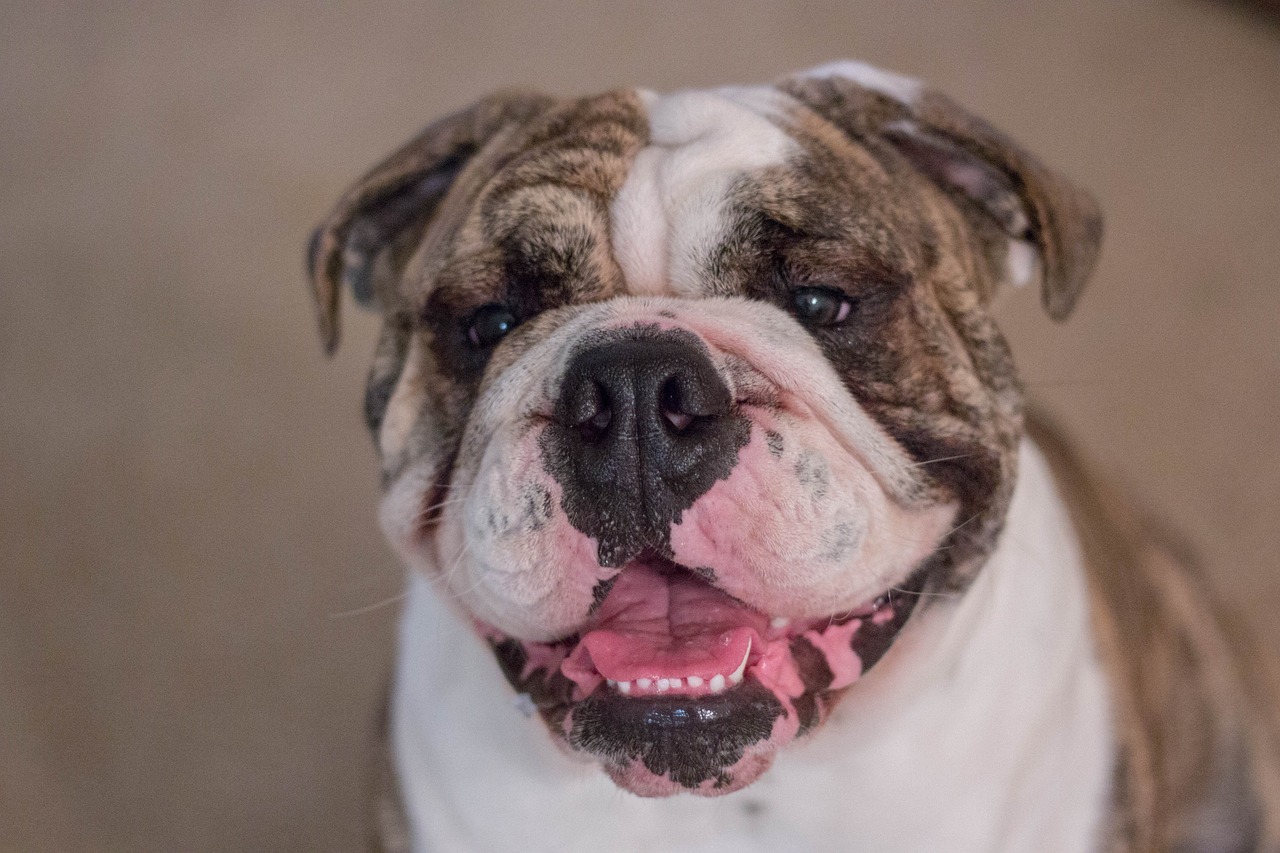
Brachycephalic (Short-nosed) Dogs
Takeaways
- Brachycephalic dogs have short noses, wide, round heads, and large eyes.
- These breeds are at risk for a variety of health conditions and often require specialized veterinary care.
- Owners with brachycephalic dogs should pay extra attention to their animals in the heat and during exercise as they are prone to breathing problems.
- If you are considering adding one of these breeds to your family, consult with your veterinarian to ensure that you understand the unique needs and potential related veterinary costs.
What is brachycephaly?
The term “brachycephaly” comes from the Greek words for “short” and “head”. Across species, individuals with brachycephaly are characterized by a wide head and shortened nose.
In dogs, brachycephalic individuals are often described as “flat-faced”, with a rounded head and large eyes. They usually have rolls of skin and wrinkles on their faces. Some of the most popular dog breeds in the United States are brachycephalic, including French Bulldogs, English Bulldogs, and Boxers. Their appearances and personalities have made them sought-after family pets.
Unfortunately, the shorter than average noses/faces can cause problems for these breeds. They often require specific daily care from their owners in addition to specialized veterinary care. Owners with brachycephalic dogs should pay extra attention to their animals in the heat, during exercise, and while obtaining veterinary care.
Health considerations for brachycephalic dogs

Respiratory
Due to their head conformation, brachycephalic dogs often have one or more of small nostrils, a narrow throat and/or small airways, which can lead to respiratory issues, including airway obstruction.
Brachycephalic obstructive airway syndrome (also known as brachycephalic respiratory syndrome or brachycephalic airway syndrome) is a debilitating condition for affected individuals. Clinical signs include difficulty breathing, noisy breathing, vomiting, exercise intolerance, and overheating. Obese dogs are more likely to be affected than dogs maintained at a healthy weight. Diagnosis is based on physical examination, presence or absence of clinical signs before and after exercise, and the results of diagnostic tests such as chest radiographs and examination of the oral cavity under sedation. In some animals, advanced imaging techniques such as computed tomography (CT), magnetic resonance imaging (MRI), and endoscopy can be beneficial.
Brachycephalic dogs are at increased risk for complications associated with sedation or general anesthesia since recovery may be more difficult due to the narrowed airways. Sedation and anesthesia can increase the risk of regurgitation and may promote tissue swelling, which can further worsen breathing during recovery. Close monitoring of brachycephalic dogs during recovery is an essential aspect of their care.
Unfortunately, loud breathing, snoring, snorting, and other respiratory signs are often considered “normal for the breed”, which can lead to delayed diagnosis. Corrective surgery and medical management are standard treatments for moderately to severely affected individuals.

Due to the shape of their heads and associated respiratory issues, brachycephalic dogs may have trouble panting enough to cool off in hot, humid weather, especially when exercising. This can lead to overheating. These dogs still need exercise, but it is important to avoid overexertion, especially in hot weather.
With these considerations in mind, travel restrictions have been placed on brachycephalic breeds as they often have medical emergencies during airplane travel since respiratory issues can worsen with changes in altitude.
Ocular
The short nose conformation of brachycephalic breeds results in large, protruding eyes that are prone to injury. As a result, brachycephalic dogs are more likely to develop corneal ulcers (injury to the surface of the eye). Long or curved eyelashes and hairs near the eyes can also cause damage. Surgical and/or medical treatments may be required for these cases, depending on the cause and severity.
Brachycephalic dogs are also prone to abnormally low tear production and tear distribution across the eye. A veterinarian may prescribe medicated eye drops to alleviate any discomfort.
Dental

Brachycephalic dogs have the same number of teeth as other breeds, but their head conformation means that those teeth have to fit into a smaller space. This often results in overcrowding of teeth, which can lead to overlapping or rotated teeth and associated gum infections due to buildup of bacteria.
These breeds also often exhibit an underbite, with the lower jaw longer than the upper jaw. In extreme cases, these dental conditions can make eating difficult, leading to other health issues.
Gastrointestinal (GI)
Brachycephalic dogs may swallow a lot of air, which can cause vomiting or regurgitation and lead to pneumonia. Congenital gastrointestinal abnormalities such as hiatal hernia (when part of the stomach protrudes through the diaphragm into the chest) are common in brachycephalic breeds and can make vomiting and regurgitation more likely.
Esophageal syndromes, protein-losing enteropathy, granulomatous colitis, and other gastrointestinal disorders are also common in brachycephalic breeds.
Skin

Excessive wrinkles and skin folds common to brachycephalic dogs can lead to chronic skin irritation and infections. Increased temperature and humidity, along with decreased air circulation, can lead to bacterial and fungal overgrowth and toxin production. This can cause a variety of painful skin conditions that may require medical treatment.
Brachycephalic breeds are also predisposed to allergies such as fleabite hypersensitivity and food allergies.
Steps you can take to keep your brachycephalic dog healthy
- Keep skin folds clean and dry to prevent growth of bacteria, yeast, and fungus.
- Talk to your veterinarian about dental care needs to prevent dental issues.
- Avoid hot environments; brachycephalic dogs do best if kept cool.
- Speak with your veterinarian and airline if you are considering flying with, or transporting, your brachycephalic dog by airplane to be sure that you understand and are comfortable with air travel requirements and health risks.
- Keep a close eye on your brachycephalic dog’s breathing rate and body temperature when they are exercising.
- Keep your dog at a healthy weight.
*This article may not be reproduced without the written consent of the UC Davis School of Veterinary Medicine.
